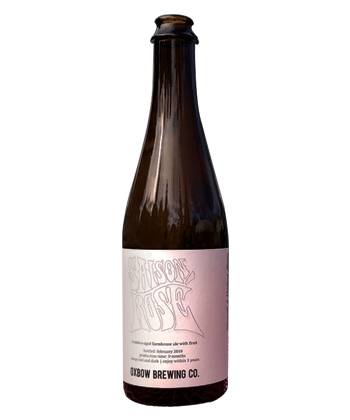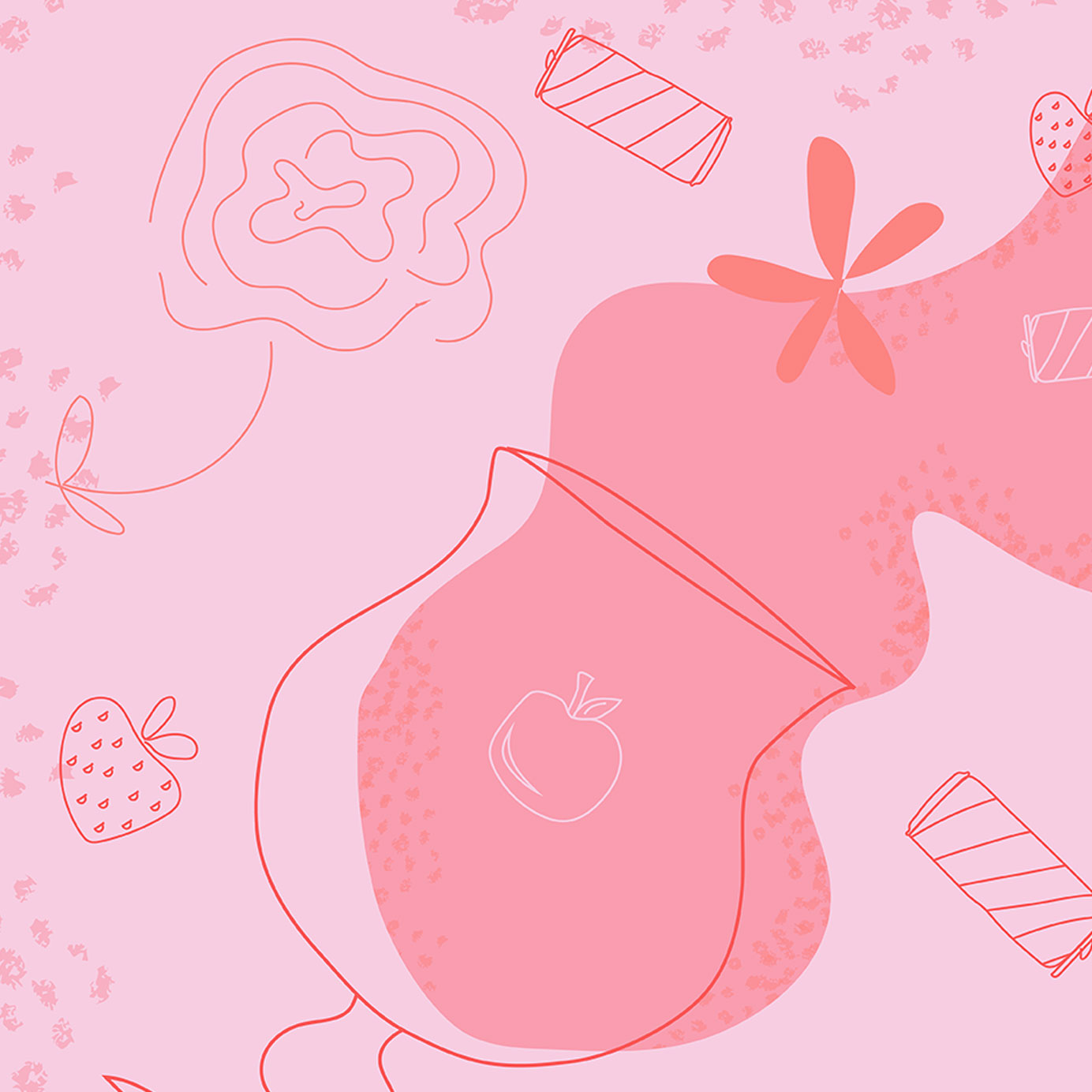Brewery Ommegang, an esteemed, Belgian-influenced operation in upstate New York, recently released Saison Rosé, a 7.7 percent ABV farmhouse ale.
“The beer was partly born out of recent popularity of rosé,” brewmaster Phil Leinhart says. “But we’ve been thinking about doing a beer with hibiscus for a while.”
Ommegang is not alone. Some of the best craft breweries and cideries in the country are experimenting with pink products, and the results are surprisingly nuanced.
Admittedly, rosé beer sounds like a marketing ploy, and an ill-conceived one at that. Visions of Mike’s Hard Pink Lemonade are immediate and unwelcome.
But today’s brewers are incorporating timeworn techniques in this crossover act, and balancing flavors as they would any other product. The use of wine barrels (or even wine itself) has been commonplace in the American beer industry for the better part of this century. And brewers are treating these not as a novelty act, but as a way to showcase their expertise in an obviously trending forum.
The resulting beverages are more than a brand extension. They are really good drinks made with smart brewing science.
Oxbow Brewing in Maine makes a slightly tart, mixed fermentation beer called Saison Rosé that uses Pinot Noir grape juice, cherries, strawberries, and raspberries. Firestone Walker’s wild ale outfit, Barrelworks, released its fifth iteration of Bretta Rosé, a sour beer utilizing Brettanomyces and raspberries, earlier this spring. Anderson Valley Brewing Co. makes a framboise rosé gose, and Surly is releasing a 5.2 percent rosé lager as a part of its small batch series.
Ommegang’s Hennepin serves as the base beer for Saison Rosé. It is the base beer added to a stainless steel tank to co-ferment with Chardonnay juice, and hibiscus flowers are added for taste and color. The beer is treated with oak chips and lays to rest in white wine barrels. What results, according to Phil Leinhart, is a “slight fruitiness and wine-like character.” It’s a well-balanced beer with a slight dryness and astringency.
Rosé is especially well-suited to the “rustic quality of farmhouse beers,” Leinhart says. A stout or IPA would overpower wine’s delicate flavors, but the delicate palate and tradition of barrel aging make farmhouse ales a natural partner for pink wine.
Similarly, cider has proven an especially rosé-friendly arena. Angry Orchard, Crispin, and Citizen Cider are among the most well-known cideries producing rosé-related beverages, but they are not the only ones.
In Vergennes, Vt., Shacksbury Cider produces some of the finest craft ciders in the country. Its most recent innovation, a rosé cider, is a collaboration-in-spirit with Sunday in Brooklyn, a Williamsburg restaurant famous for its malted pancakes and boozy brunch scene.
“Rosé and brunch are just such a natural fit,” David Dolginow, co-founder of Shacksbury, says.
“We’d been talking for a long time about an easy-drinking, summer-y cider,” Dolginow says. “We wanted something to be unmistakably a cider that you’d want to drink at the beach or on a picnic.”
And so Dolginow and his team looked for inspiration in the wine world “After all, cider is wine made from apples not grapes,” he says.
Shacksbury aged the cider on Marquette grape skins, acquiring its rosy color and balanced flavors. The result is an easy-drinking beverage with strawberry and peach flavors as well as apples, plus a tannic edge from the wine skins.
Dolginow credits big brands like Angry Orchard for helping to establish mainstream awareness of cider as a beverage category. (“They’ve got a commercial on Hulu,” he says.) Angry Orchard has established itself and its product as a “really sweet, gluten-free alternative to beer,” he says. Now there is an opportunity to expand further.
“There is an existing consumer awareness around what rosés are,” he says. “Where to drink it, when to drink it, how to drink it. Now you have big cider makers using it in their ciders. It just shows how dynamic this drink can be.”
“There’s as much innovation going on in cider as there is anywhere,” Greg Hall, founder of Michigan’s Virtue Cider, says. Hall spent 20 years as the brewmaster of Goose Island before heading north to make cider.
From 2014 to the present, the rosé cider at Virtue has evolved from second-washed cherries to grape skins to the current iteration, featuring botanicals like citrus peel, flowers, and a variety of spices.
“We may not be as pink as some of the other guys, but we think it tastes and smells really good,” Hall says. He believes now is “as good a time as any to be a drinker because everyone drinks everything” without worrying about judgment.
Cider, like farmhouse ales, is a natural fit for rosé’s subtle influence because of its soft base. It allows nuance — whether from acidity or funk or botanicals — to present itself without being overpowered.
“It’s neat to be able to taste something a little different every time” he says. “[Cider] lets those subtle flavors shine through.”
Rosé, like beer before it, lies on a knife’s edge of consumer popularity and critical acceptance. Its accessibility is often treated like a liability, but it has proven itself to be a remarkably adaptable category with potential for greatness. There are middling rosés just as there are forgettable craft beers or saccharine ciders.
Besides, there is something both zen and summer-y about appreciating a beverage for what it is: simple and pleasurable.
“Don’t overthink this,” Dolginow says of Shacksbury Rosé Cider. “Just pop this can and have a good time.”
Five Rosé Beers and Ciders to Try
Shacksbury Rosé Cider
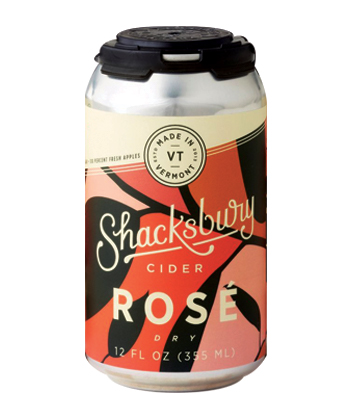
Ommegang Saison Rosé
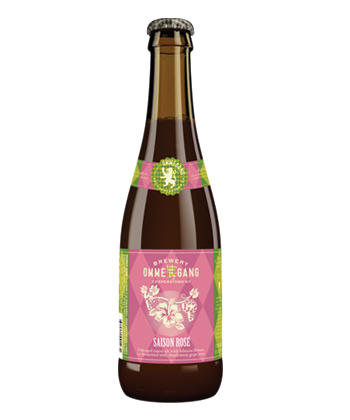
Virtue Rosé Cider
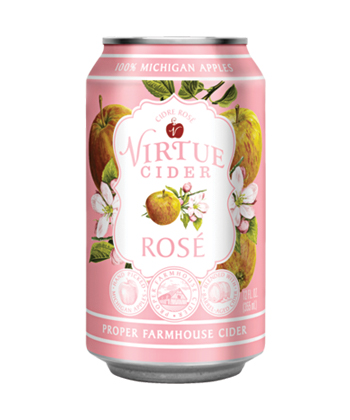
Crooked Stave Artisan Beer Project Sour Rosé
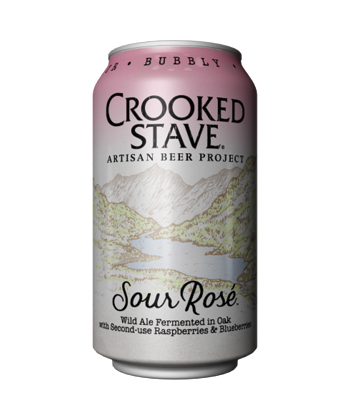
Oxbow Saison Rosé
